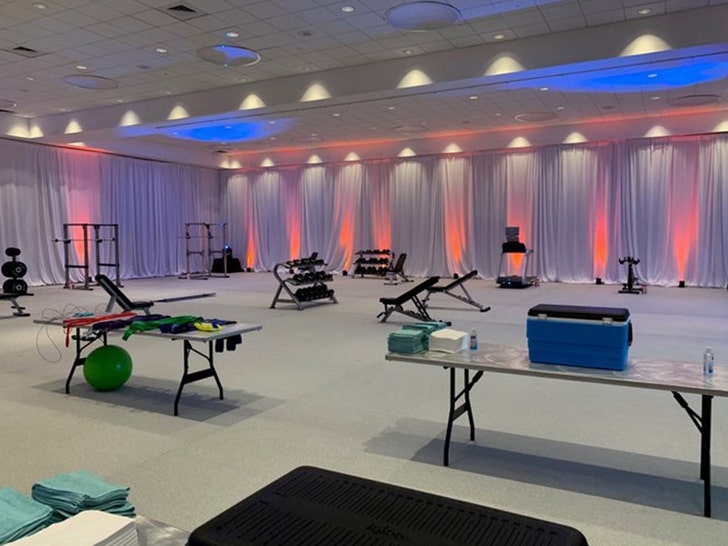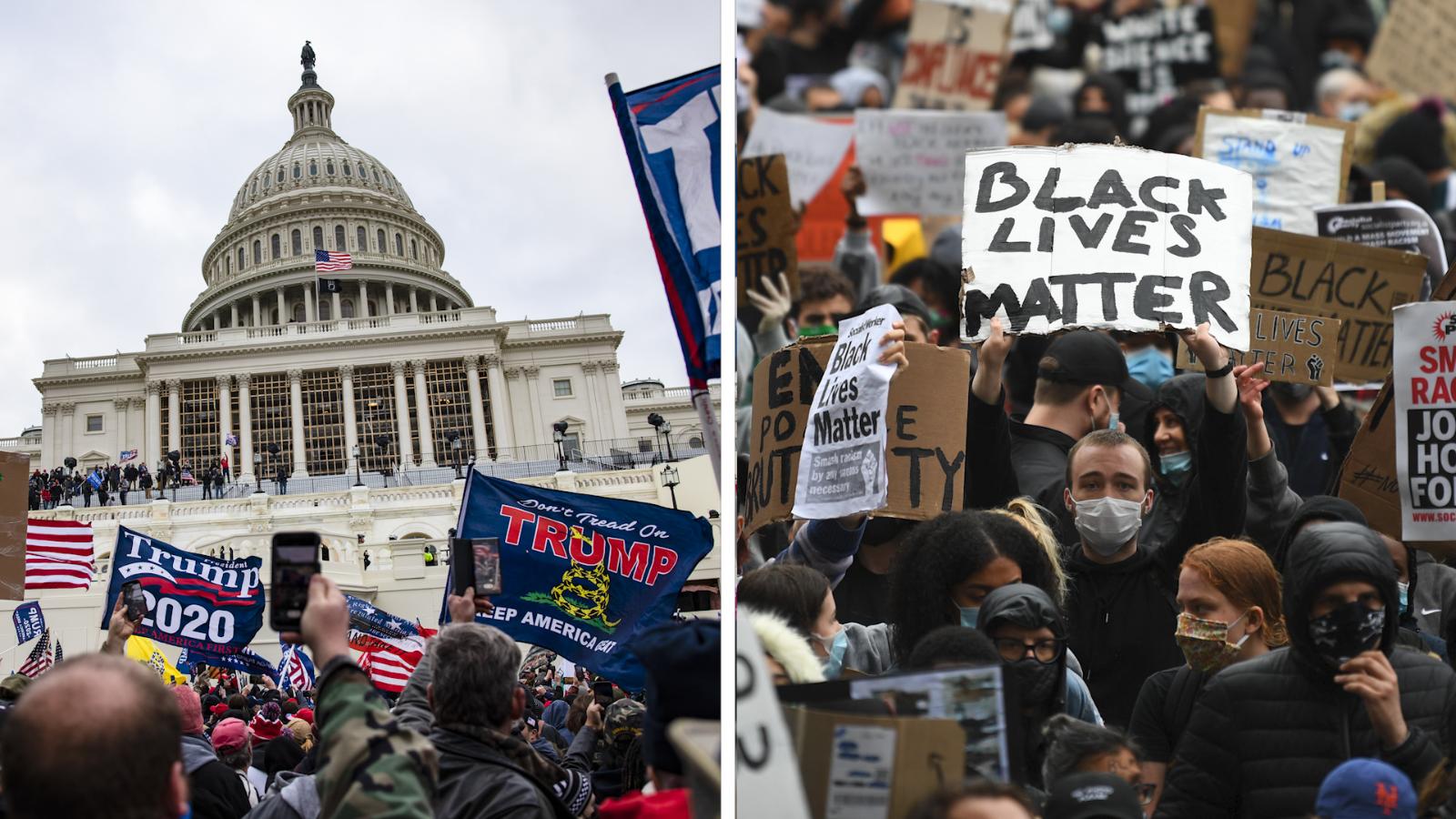Behind Closed Doors Documentary
This documentary was very hard to watch. But, it was important to watch. The way in which it followed real stories of real women experiencing domestic violence was extremely eye-opening. The most common theme I saw within the documentary was that even though these women experienced an unmentionable amount of pain and suffering, they still had some sort of emotional connection with their partner. For example, after Helen’s partner beat her, she still met up with him weeks later and risked the result of the trial to see him. She described these feelings as a “drug” and that she is still in love with him despite his violence towards her. This detail is so hard to grasp. She watched this man beat her and ruin her life, but she still feels love for him. This is a true dilemma that women face because of the connections they create with these people throughout their relationships. Additionally, Sabrina dealt with this same issue when she thought about how she would react to the result of her trial. She explained that if he does go to jail, she would be happy that he was getting what’s due, but she couldn’t help being sad to see him go down for any length of time. She then questions, “Why would I be sad after what he did to me?” She fell in love with this man, and it is hard to just “turn off” that love. I believe this is one of the reasons that women put up with and hide this violence often.




































Recent Comments